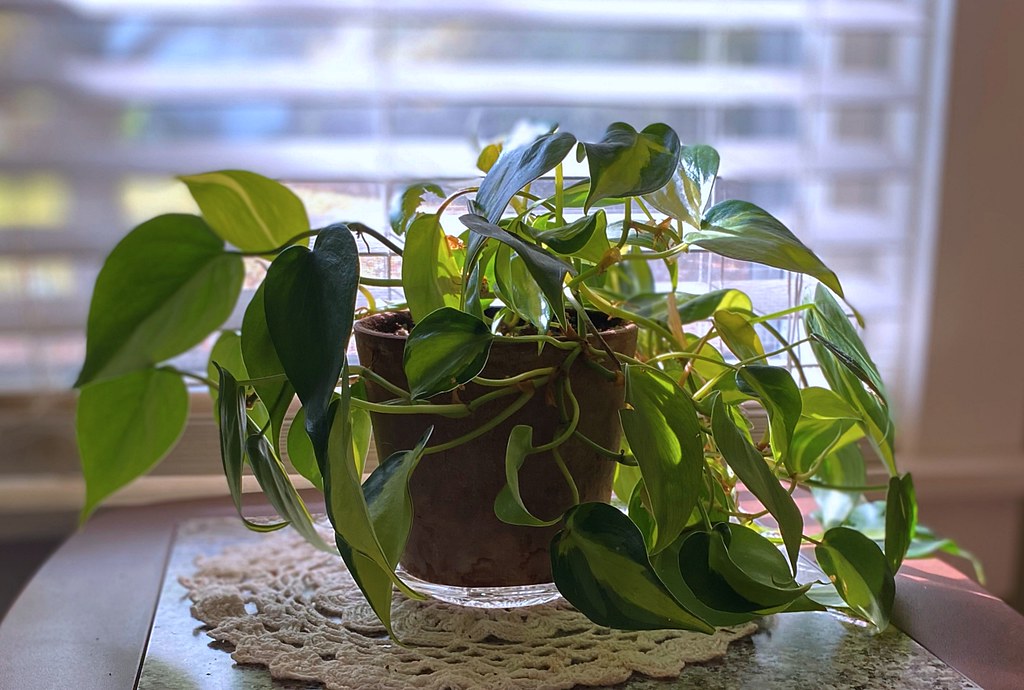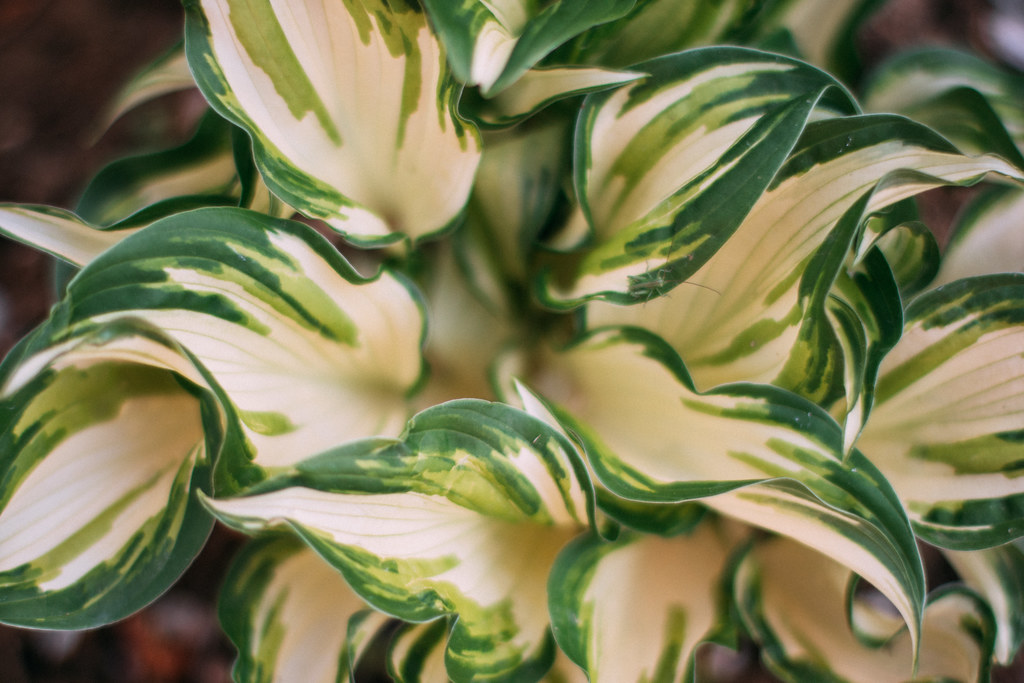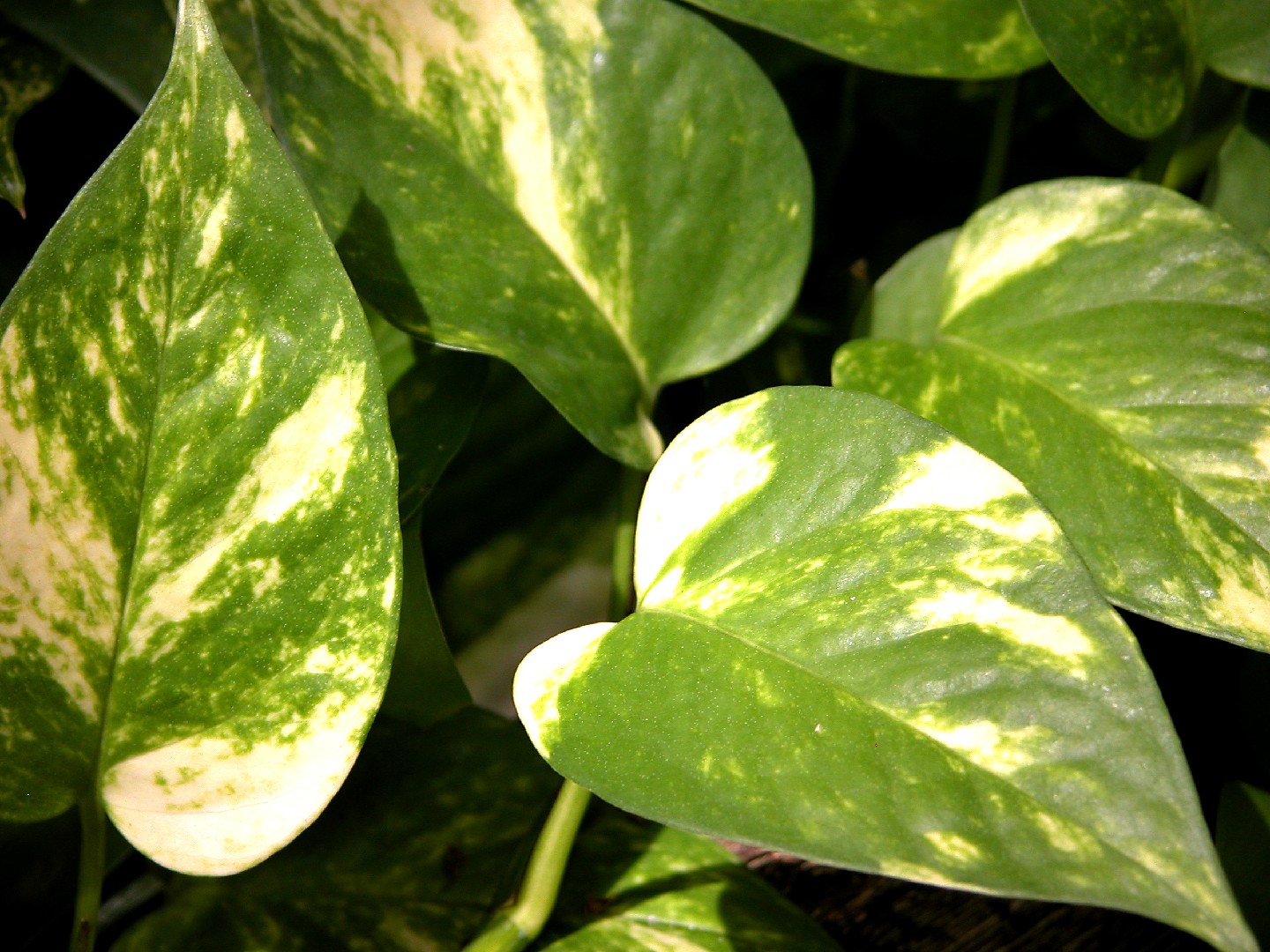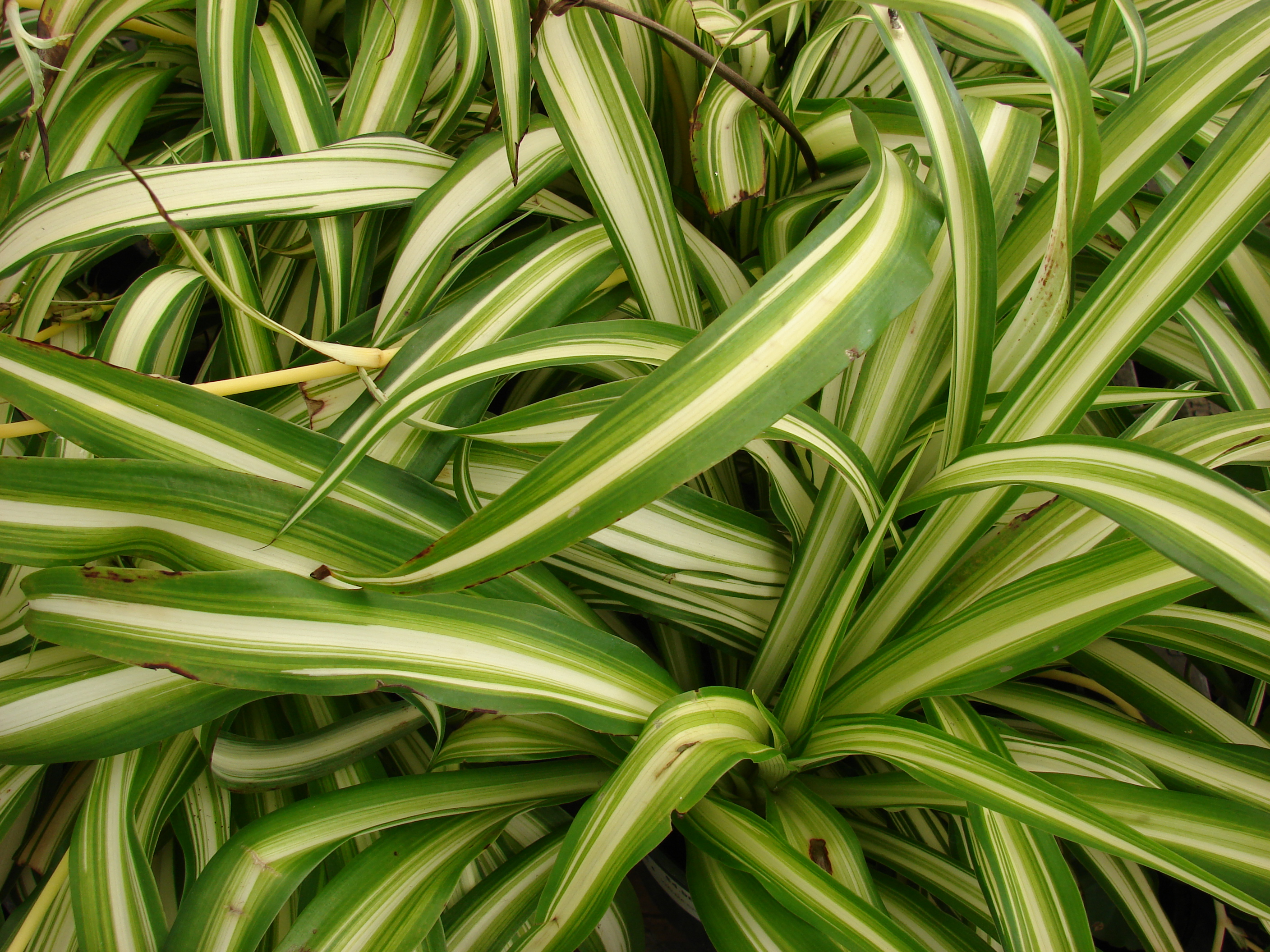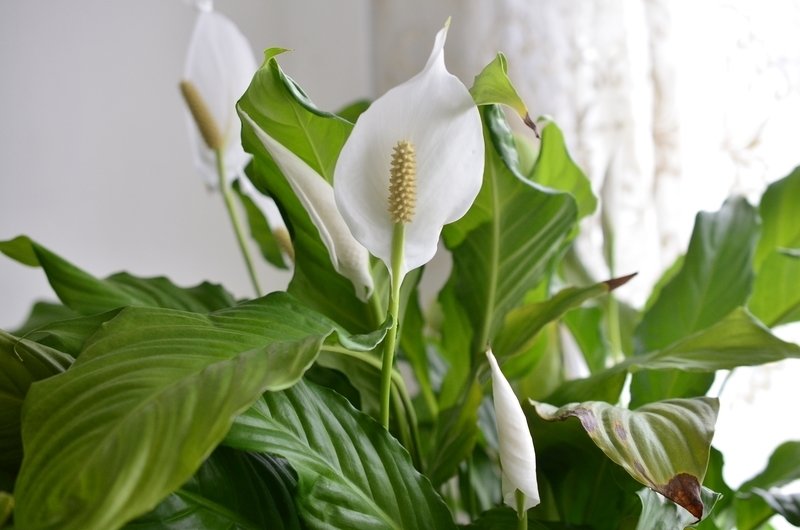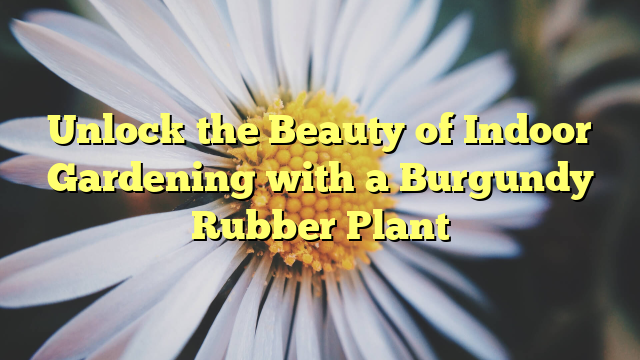How to Grow Money Plant Indoor, Welcome to the world of greenery and abundance! In this guide, we’ll uncover the joys of growing a Money Plant indoors, sharing practical insights and care tips. Whether you’re a beginner or an experienced gardener, fostering a thriving Money Plant can enhance your indoor space and bring positive energy and prosperity.
Choosing the Perfect Money Plant:
Kickstart your indoor gardening journey by picking the right variety. The Epipremnum aureum, fondly known as Devil’s Ivy or Pothos, is a resilient choice. Head to a reputable nursery or garden center to find a healthy specimen that suits your space.

Finding the Ideal Indoor Spot:
Money Plants thrive in indirect sunlight, making them perfect indoor companions. Opt for spots with filtered or low light, avoiding direct sunlight to prevent leaf scorching. Consider placing your Money Plant near a window with sheer curtains or in areas with bright, indirect light.
Potting Mix and Container Tips:
How to Grow Money Plant Indoor, Create the best environment for your Money Plant with a well-draining potting mix. A blend of potting soil, perlite, and peat moss does wonders. Choose a container with drainage holes to keep the roots healthy and happy.

Planting Your Money Plant:
How to Grow Money Plant Indoor, Ensure your Money Plant’s soil is evenly moist but not waterlogged during planting. Whether it’s a cutting or a young plant, position it at the same depth as its original container. After planting, water generously, letting excess water drain away for a solid growth foundation.
How to Grow Money Plant Indoor, Watering Wisdom:
Keep your Money Plant’s soil moderately moist. Water when the top inch feels dry, avoiding overwatering to steer clear of root rot. Adjust your watering routine based on the season and soil moisture, allowing the topsoil to slightly dry between waterings.
Temperature and Humidity Harmony:
Maintain a cozy temperature range between 65°F to 75°F (18°C to 24°C) for your Money Plant. While they can handle typical indoor humidity, give them an occasional mist or place a water-filled tray nearby for a humidity boost.
Feeding Your Money Plant:
Show your Money Plant some love by fertilizing every 4-6 weeks during the growing season with a balanced, water-soluble fertilizer. Dilute it to half the recommended strength to avoid overwhelming your green friend. Proper feeding results in lush, vibrant growth.
Pruning and Trimming Tips:
Give your Money Plant a little grooming to maintain its shape and encourage bushier growth. Trim back overgrown vines or yellowing leaves with clean, sharp scissors or pruning shears. This not only boosts its aesthetic appeal but also promotes overall health.
Providing Support and Training Tricks:
As your Money Plant stretches out, consider offering some support. Stakes or trellises can guide the vines, creating an eye-catching display. Training the vines helps control the plant’s size and shape, turning it into a versatile addition to your indoor decor.
Dealing with Hiccups:
How to Grow Money Plant Indoor, While Money Plants are generally resilient, pests (spider mites, aphids) or diseases (root rot, leaf spot) may make an appearance. Keep a vigilant eye, taking quick action when needed. Neem oil or insecticidal soap tackles pests, while proper watering prevents root rot.
Propagation Pleasures:
Expand your green haven by propagating your Money Plant through stem cuttings. Snip a healthy vine below a node, and either place it in water or directly in soil. Within weeks, you’ll have a flourishing new plant ready to thrive.
Feng Shui and the Money Plant:
In line with Feng Shui principles, the Money Plant is thought to usher in positive energy, prosperity, and good luck. Position it in the wealth or prosperity area, typically the southeast corner of your home or office. Keep your plant vibrant to maximize its Feng Shui benefits.

How to Grow Money Plant Indoor, Growing a Money Plant indoors is more than tending to a houseplant; it’s an invitation to prosperity and well-being. Provide the right care, sprinkle in some positive energy, and watch as your Money Plant not only graces your space but also ushers in abundance. Join this green journey, embrace the positive vibes, and let your indoor oasis bloom with the charm of the Money Plant. Happy growing!

